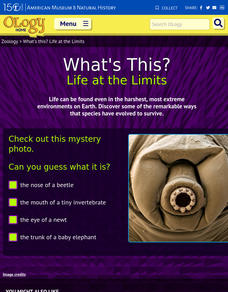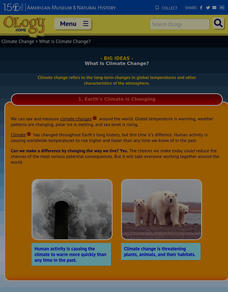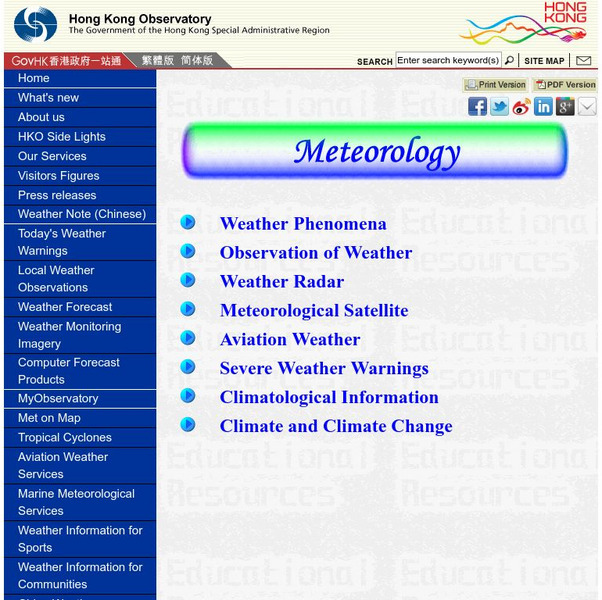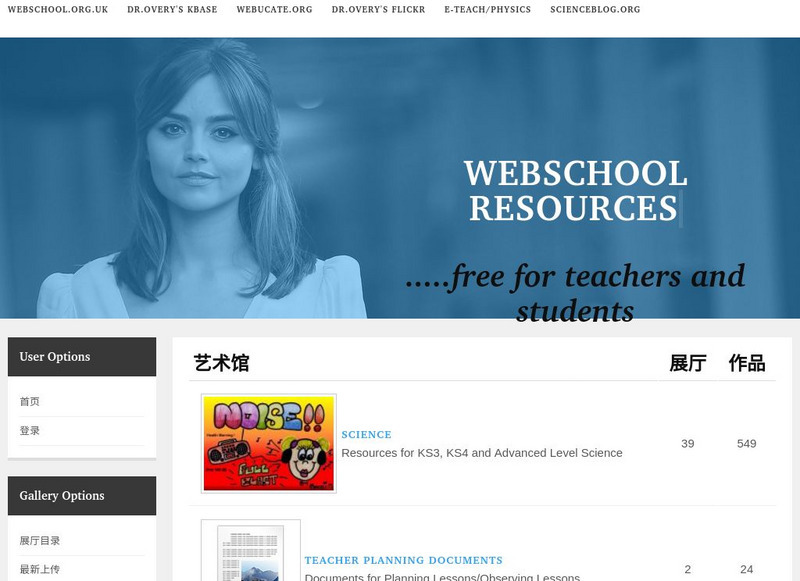American Museum of Natural History
Tornadoes Spinning Thunderstorms
Tornado winds can reach more than 200 miles per hour. Learners explore wind speeds and more characteristics of tornadoes with an online lesson. They learn how tornadoes form and how scientists attempt to predict them. Can be used as an...
American Museum of Natural History
What's This? Life at the Limits
There are some amazing ways species evolve to survive. From large ears to sneezing salt, learners read about these interesting adaptations in an interactive lesson. Great to supplement an in-class lesson, it also works well as a remote...
American Museum of Natural History
What is Marine Biology?
A marine environment covers the majority of the earth but is arguably the least understood. Teach young scientists about the characteristics of oceans and ocean species using an interactive online lesson. The in-person or remote learning...
American Museum of Natural History
What Is Climate Change?
So many factors show that climate change has arrived. Learners read through an online resource that explains the data and the consequences of climate change. They also review strategies for slowing or even reversing the global influence.
Scholastic
Scholastic: Severe Weather and Natural Disasters
Learn about severe weather and natural disasters through experiments, witness accounts, vocabulary, and much more.
Other
Hong Kong Observatory: Meteorology
A useful page from the Hong Kong Observatory offering introduction to weather and weather phenomenon. Learn about thunderstorms, tides, monsoon season, weather radar, and weather in space. Not a slick site but informative. Most...
Other
Webucate: Free Multimedia Resources for Education
A labor of love created by a school in Great Britain. This is a well-organized image gallery with photos and other resources presented by topic, e.g., animals, places in the US, science, sports, etc. Though nothing to compare with a...






